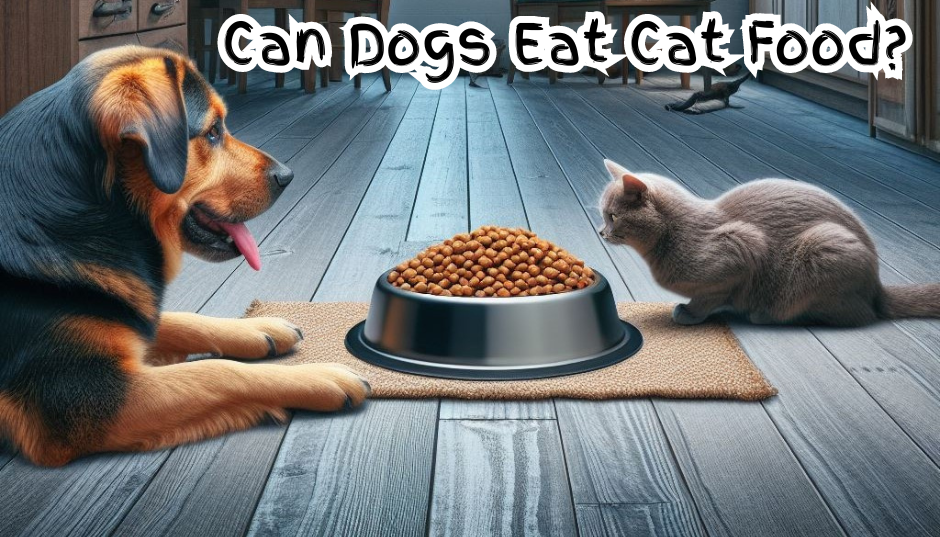In a household with both dogs and cats, it’s not uncommon for pets to show interest in each other’s food. Many pet owners wonder whether it’s safe for dogs to eat cat food. While an occasional nibble might seem harmless, it’s important to understand the potential risks and benefits. Additionally, we’ll discuss strategies to prevent your dog from accessing cat food.
Understanding the Differences Between Cat and Dog Food
Cat food is specially formulated to meet the unique nutritional needs of felines. It contains higher levels of protein and fat, along with essential nutrients like taurine, which cats require for optimal health. Dog food is formulated specifically for dogs, containing proportions of protein, fat, and other nutrients tailored to their nutritional needs.
The Risks of Dogs Eating Cat Food
- Nutritional Imbalance: Regular consumption of cat food can lead to nutritional imbalances in dogs, potentially causing health issues over time.
- Digestive Upset: The higher fat and protein content in cat food can cause digestive upset in dogs, leading to diarrhea or vomiting.
- Taurine Overload: While taurine is essential for cats, excessive intake from cat food is unnecessary for dogs and may cause health problems.
- Allergies or Sensitivities: Some dogs may have allergies or sensitivities to specific proteins or grains in cat food.
The Benefits of Dogs Eating Cat Food
- Higher Protein Content: In some cases, dogs with specific health conditions may benefit from the extra protein found in cat food.
- Palatability: Some dogs may find cat food more appealing than their own food, which can be useful if they are picky eaters or have lost interest in their meals.
- Occasional Treat: A small amount of cat food can be used as an occasional treat, but it should not replace a dog’s regular diet.
How to Stop Your Dog from Eating Cat Food
- Separate Feeding Areas: Feed your cat and dog in different areas to prevent them from accessing each other’s food.
- Supervised Feeding Times: Monitor your pets during mealtime to ensure they are eating their own food.
- Use Feeding Stations: Invest in feeding stations that are designed to be accessible only to cats, such as elevated feeding areas or covered bowls.
- Keep Food Out of Reach: Store cat food in a place that your dog cannot access, such as a high shelf or a closed cabinet.
- Train Your Dog: Teach your dog the “leave it” command to help them understand that cat food is off-limits.
- Create a Routine: Establish a consistent feeding routine for both pets to minimize the chances of food-stealing.
While dogs can technically eat cat food, it’s not ideal for their regular diet due to nutritional disparities and potential health risks. To ensure the well-being of your pets, keep cat and dog food separate and take proactive steps to prevent access. If you have concerns about your pet’s diet or health, consult your veterinarian for personalized advice. Understanding the risks and benefits helps pet owners make informed decisions for their furry companions.
Following these tips ensures your dog sticks to their own food, keeping both your pets happy and healthy.
